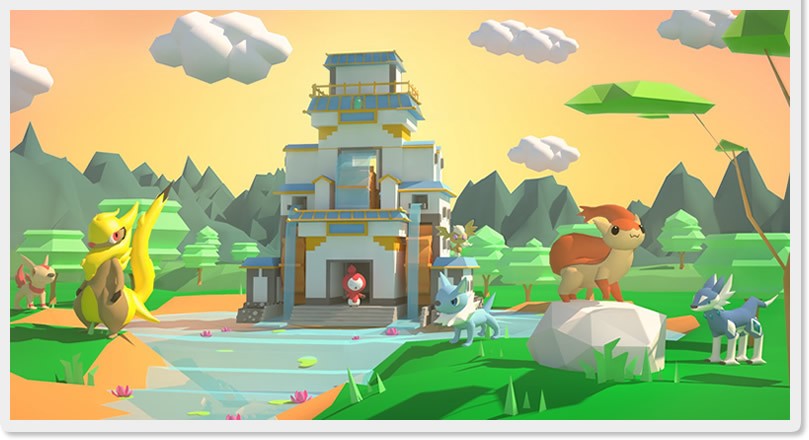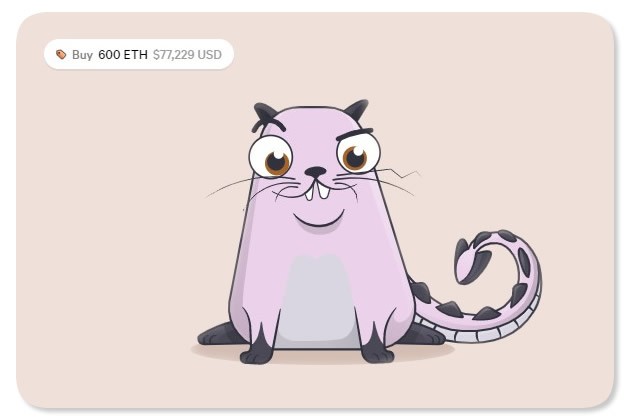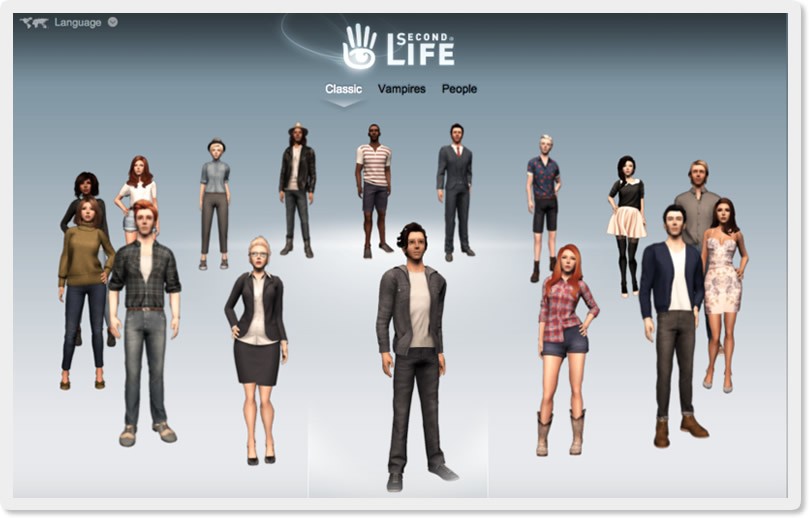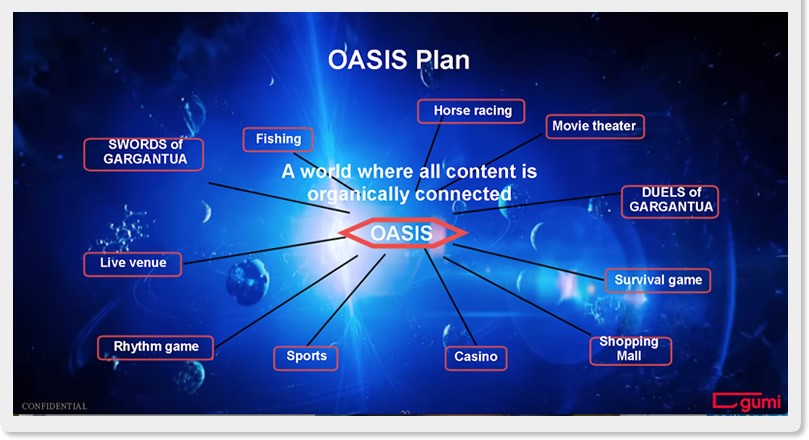Virtual reality is the flying car of entertainment: always just around the corner, yet somehow always five years away.
Each year, the excuses for its failure to disrupt the market change. The headsets induce nausea. There’s a dearth of compelling content. The avatars aren’t lifelike. Or they’re too lifelike. But don’t go away! Next year will be different!
In 2016, Michael Gallagher, the CEO of the Entertainment Software Association, confidently predicted a market worth $150 billion by 2020. Yet, a Fortune Business Insights study in September 2019 suggested that the global market value of virtual reality technologies has not yet breached a tenth of that figure.
In fact, venture capital injected directly into VR tech startups has declined as the hype cycle follows a familiar path: after peaking at $857 million in 2016, it fell to $280 million by 2018. Blockchain, meanwhile, suffered a 40% investment drop in China from 2018 to 2019.
And although the story of blockchain’s failure to live up to inflated expectations may seem to mirror the depressed dream of an imminent VR boom, the story of the two technologies — when combined into a single cryptocurrency-based economy — may yet be one of the most compelling of the next decade.
Virtual reality and blockchain: Different challenges, same result
While enterprises continue to build on blockchain technology, most of the headlines go to the predominant consumer use of the technology: financial speculation via cryptocurrencies.
As crypto regulations around the world are developed and enforced, the case for retail speculators becomes less compelling. Wondrous returns are more traceable, taxable and tantalizingly distant than at any time in the past three years. It is a time when lawyers with regulatory knowledge are gaining Twitter followers as quickly as entrepreneurs and developers.
Some say the crypto industry has been “over-financialized.” Regulated to combat money laundering, drugs, terrorism and child pornography: the so-called “Four Horsemen of the Info-pocalypse.” Original ideas that predated retail speculation, such as “financial sovereignty” and “decentralized society,” are secondary concerns to many recent participants in the cryptosphere.
Hironao Kunimitsu, the founder and CEO of social gaming firm Gumi, points out that this focus on regulation is to be expected, given that many blockchain startups pose a direct threat to powerful incumbents in a wide variety of industries — and even to governments themselves.
“I mean, nations, Wall Street, financial institutions… they are all right in the middle of the establishments,” he explains.
Bitcoin, for example, may yet prove to be a serious decentralized threat to national currency sovereignty. Facebook’s proposed Libra currency takes that threat a step further by semi-centralizing a global-payments mechanism, potentially undermining the case for the United States dollar as the de facto world currency. A digital yuan could be even more of a threat.
Yet, now is not the time to be pessimistic. There is a world where no establishments exist, and where cryptocurrency and blockchain can thrive. The virtual world, Kunimitsu argues, is where established players cannot quash innovation — or freedom.
“Even if you build a house [in the world of VR], real estate agents [in the real world] won’t be angry, right? Even if you make clothes, apparel shops won’t be angry, right? Even if you issue a currency and set up an exchange, no-one will care. I think the pace of innovation in the virtual world is faster than in the real world because of the lack of established competitors.”
Economic activity to stimulate adoption
The virtual world is already creating economic activity. Kei Akatsu is the co-founder and chief operating office of Helo, the Japanese VR startup behind VRChat, a social VR service in which users communicate using avatars. According to Akatsu, some users might pay for a hat for their avatars to wear. Users can also trade an avatar itself, a ticket for some community event or the right to use live-streaming services in VR.
But, in a reflection of the real world our physical selves inhabit, Akatsu thinks that the sale of land will be the most valuable generator of economic activity in the virtual world.
“You can create your own space in the virtual world. For example, you may build a survival game field where players shoot one another. You may also create an entertaining space like a theme park. The right to run those spaces will be a popular trade”
Akatsu thinks that cryptocurrencies are a natural fit for these virtual economies.
“I do feel an affinity there. Combined together, the potential of economic activities in VR will be enhanced.”

From the “Internet Of Information” to the “Internet Of Value”
One of blockchain’s revolutionary promises is to create “digital scarcity”; to essentially replicate real world economics, where few things are free. With the rise of the internet, information has become cheap, and personal data is traded for the convenience of using services like Google and Facebook.
But blockchain technology promises to help us evolve from the Internet of Information to the Internet of Value: a world in which the exchange of information is economically meaningful.
To Kunimitsu, what is most interesting about blockchain and Bitcoin is the fact that “mere data possesses a value.” When that data represents a unit of economic value — for example, an item within a game environment or a unit of currency on a blockchain — the supply limit can be proven to every participant. In a virtual environment with sufficient network effects, simple laws of supply and demand suggest that when the supply is limited, things get valuable.
In-game digital assets, such as avatars’ clothes, weapons, and land, may be limited. “Digital assets in the virtual space begin to have value,” suggests Kunimitsu. And when data becomes valuable in the virtual world, people will start thinking about “earning” it.
“If you are good at earning money in the real world, you can continue to do so. But if you are good at making houses and furniture, hunting monsters, making weapons in the virtual world, you can sell to those who are good at earning in the real world.”
Kunimitsu is also the CEO of Yomuneco, the publisher of the VR-based action game SWORDS of GARGANTUA, complete with its quirky capitalization.
In SWORDS of GARGANTUA, which was launched in collaboration with gaming company Double Jump.tokyo, players can test their sword-wielding skills against the mighty Gargantua’s minions. They can earn digital items, such as weapons, in the form of non-fungible tokens.
An NFT is a unique token representing a specific item. Each NFT has unique information or attributes that make them impossible to replicate. Like an original Topps 1956 Mickey Mantle baseball card, some of these items can become collectible and worth significant sums of money. CryptoKitties, a blockchain game famous for clogging the Ethereum network in 2017, can boast the sale of an NFT for over $170,000. That amount was paid for Dragon, a cotton-candy colored digital feline whose profile informs us that she spies on her neighbors.

A Lesson From Second Life
Second Life, the multiplayer online game developed by Linden Lab, is known as a pioneer in the field of virtual-reality entertainment. In Second Life, you can socialize with others using avatars, or create your own items and environments and sell them for Linden Dollars, which you can then exchange into fiat currency. Although the game garnered widespread attention in the early 2000s, it never really entered the mainstream.
One of the main reasons why Second Life never achieved widespread adoption, according to Kunimitsu, is that it relies on the centralized management system of Linden Lab. “Because Linden Lab issued currencies and increased the land size at their will, it caused inflation,” he explained.
Of course, the world of Second Life was not as immersive as that of current virtual worlds, and it may not be fair to compare the two directly. But a system that allows the central authority to decrease the value of currency arbitrarily opens itself to criticism that participants who create within that ecosystem cannot be properly compensated, which results in a decrease in the incentive to build.

A dollar-equivalent base currency in the virtual world
Evolution is both inevitable and rapid in the world of games. Who reading this article still plays Super Mario World on their Super Nintendo? So, if blockchain is to help drive adoption of virtual reality and its accompanying digital assets, those assets will need to be transferable.
Some companies intend to keep in-game assets within a specific ecosystem — Decentraland’s Mana token is an example — but others are open to the notion of swapping assets between games.
Kunimitsu has a six-year “Oasis Plan” with SWORDS of GARGANTUA. The title refers to the VR world Oasis in the movie “Ready Player One.”
NFTs can be traded outside of the game, and some players are already playing up to eight hours a day to earn a rare sword. Clearly, working for eight hours to earn something valuable in the virtual world already has the potential to make as much economic sense to some people as working for the same amount of time in the real world.
By 2022, Oasis will connect games in the diverse arenas of fishing, sports, casino games and shopping, in addition to the world of SWORDS of GARGANTUA.

But just as consumers coalesced around one technology to drive their in-home entertainment experience — like picking VHS over BetaMax and Blu-ray over HD DVD — mass adoption of digital assets may require a “base currency” that serves as a gateway to games and experiences across platforms and publishers.
“I think a currency that works for every transaction in the whole world is absolutely necessary,” declares Kunimitsu
If he’s correct, what are the current candidates for a base currency in the virtual world?
Kunimitsu thinks it depends on which community gains popularity.
“For example, if lots of worlds are built on the Ethereum blockchain, the common currency will be ether. In contrast, if there are worlds on Ethereum, on Polkadot, on Cosmos, on Ontology and so on, it may be cumbersome to have them all. So, Bitcoin may become a strong candidate. If Facebook’s Horizon [the social giant’s new entrant to the VR space] becomes popular, people may see Libra as the base currency.”
Kunimitsu suggests that the best blockchain will be “whichever works best for users at the moment. Line, Kakao, and Telegram are also watching vigilantly for the opportunities.”
In contrast, Akatsu suggests that it may be sufficient to have an exchange rate for different currencies in the virtual world. He has in mind a scenario in which players earn money on one platform, and use it to buy in-game or virtual assets on another.
Akatsu predicts the value of each currency will depend on the size of the world. For example, VRChat is popular enough that he thinks “it will be strong as a currency and can have a good exchange rate compared with other virtual currencies.”
“I don’t think there is one dominant currency,” he continues. “It is because each world has a completely different philosophy and way of thinking as nations do in the real world. We will see lots of different currencies born in the virtual world.”
Beyond economics: Trust, permanence and a shared history
The economics and possibilities for profit in a virtual world may help jump-start the industry, but blockchain can also enable a much deeper sense of belonging, one that may explain why many people dabble in virtual reality without fully immersing.
Take the case of a nation or state. As Daron Acemoglu and James A. Robinson point out in their book “Why Nations Fail,” successful nations in the real world usually see the development of trusted political institutions in their ascension to wealth.
Acemoguru and Robinson argue that having effective political institutions, much more than a fortuitous geographical location or good weather, is a key element in the prosperity of nations. They suggest that “in surveys Mexicans typically say they trust other people less than the citizens of the United States say they trust others. But it is not a surprise that Mexicans lack trust when their government cannot eliminate drug cartels or provide a functioning unbiased legal system. […] It might be true today that Africans trust each other less than people in other parts of the world. But this is an outcome of a long history of institutions which have undermined human and property rights in Africa.”
A nation becomes prosperous only when people trust the institutions that govern them and are able to hold them accountable for their actions. However, without an agreement of shared history, of what constitutes a factual representation of the decisions and debates undertaken by those institutions, we are left without trust. This exact erosion of trust in institutions is evident in the United States today.
But in the virtual world, participants can simply erase those histories as easily as they might erase a Telegram chat or a Facebook friend with whom they have a disagreement. And without history, there can be no trust, no development and no prosperity.
Immutability creates trust
Perhaps the immutability, traceability and openness of blockchain technology can change the sense of impermanence that prevents real connections in the virtual world.
When you can’t simply cancel or de-platform a shared history, or attribute a reality you don’t like to “Fake News,” the concept of trust begins to reemerge. And as the technical hurdles to sharing our virtual experiences are eliminated, the philosophical obstacle of creating meaningful relationships that inspire us to return to our virtual worlds may become more powerful.
“In five years’ time, there will be no difference between the real and the virtual in terms of three senses of the senses; sight, hearing, and touch,” said Kunimitsu.
What does trust mean to virtual-reality participants?
It could mean friendship. It could mean love. It could mean marriage. It will be “as immersive as the real world,” said Kunimitsu. “You can already find people who spend a lot of time on VRChat. You can also find people who are sleeping while they are logged in (wearing their headsets).”
Akatsu explained that, in Japan, some of these phenomena are already emerging.
“You can sleep, live your life, love someone in VR. The great experiment has already started. By 2025, I think the number of those VR users will increase massively,” continued Akatsu.
And of course, if friendship and love are possible, so is sex.
In a striking story of how “real” the virtual world can be, cases have been documented in which two avatars having sex in VR are actually controlled by heterosexual, middle-aged men.
Even after meeting each other in the real world, they continue to have the same sexual relationship in VR. It’s hard to avoid the conclusion that their desire to continue a relationship in the virtual world is likely attributable to trust.
“It is a case of having an independent identity in the virtual world,” Akatsu explained. The world envisioned in “Striking Vipers,” an episode of Netflix’s near-future series Black Mirror, is already here.
In Japan, some men choose to play an avatar of a young girl: “Babiniku-Ojisan.” When asked “Do you feel that your gender has been changed since you became Babiniku in VR?” half of them answered yes.
Many of the Babiniku-Ojisan players said that they started trying to “look cute” and “behaving like a female unconsciously.”
Everyday Health notes that “psychological projection involves projecting undesirable feelings or emotions onto someone else, rather than admitting to or dealing with the unwanted feelings.” Are players and participants learning that another side effect of virtual reality is the opportunity to express deep-seated feelings of self that have traditionally been taboo in the real world?
And again, one may surmise that such a meaningful experience for participants can only be enhanced by its preservation through blockchain technology.
Will Virtual Economies Eventually Eclipse Real World GDP?
Kunimitsu is almost sure that the answer is yes. He reasons that changes in the availability and use of disposable time will inevitably lead to lives that are very different from those we experience today.
For human beings, disposable time is 24 hours per day over 70 to 80 years. But as technologies like artificial intelligence replace some of the work that humans perform currently, we will have more free time available.
At this point, Kunimistu asserts, people will start to compare “the real world of inconvenience” to “the virtual world where you can be yourself.” They will ask themselves, “Do you want to buy clothes for yourself or for your avatar?” Or, “Where do you want to buy your house? In the real world or in your virtual existence?” And, “In which world do you want to go traveling?”
As adults, we already see these changes in young people in advanced economies. Their lives are, for better or worse, deeply intertwined with the hardware (smartphones) and software (apps) that connect them to their friends in ways alien even to people who grew up with the internet.
The Polaroid camera — that beloved Boomer staple — is a fun retro gift for a teen, not a serious way for Generation Z to store photos. And the process of digitizing their lives, communicating their feelings and expressing their creativity continues unchecked through apps like TikTok. The shift from words to images to videos will surely eventually progress to VR.
Kunimitsu continues: “The base currency (in the virtual world) may become more valuable than the base currency in the real world one day.”
Akatsu agrees. He sees potential tipping points as when VR can provide more convenient tools for office workers than those currently available in the real world, and when more entertaining content is created for — and by — VR consumers. In fact, the current COVID-19 crisis provides a compelling case for his argument.
“You may spend more than 12 hours on VR every day. When that moment comes, you will not know where your identity belongs. Maybe, your real self belongs to the virtual world and you sleep in the real world just because you don’t have other choices. I think that kind of moment will become a reality one day.”
Whether Akatsu is proved right within a generation may be debatable, but if we consider the time intervals between massive economic upheavals in human history, he may have a point.
It took 3,000 years for humans to migrate from an agricultural economy to an industrial one. 300 more years to transition to a service-based economy. And just 30 more, at least in the U.S., until the advent of the digital era and its attendant gig economy.
There’s a pattern here, and if blockchain can live up to its promises, true virtual economies may not stray far from it.







